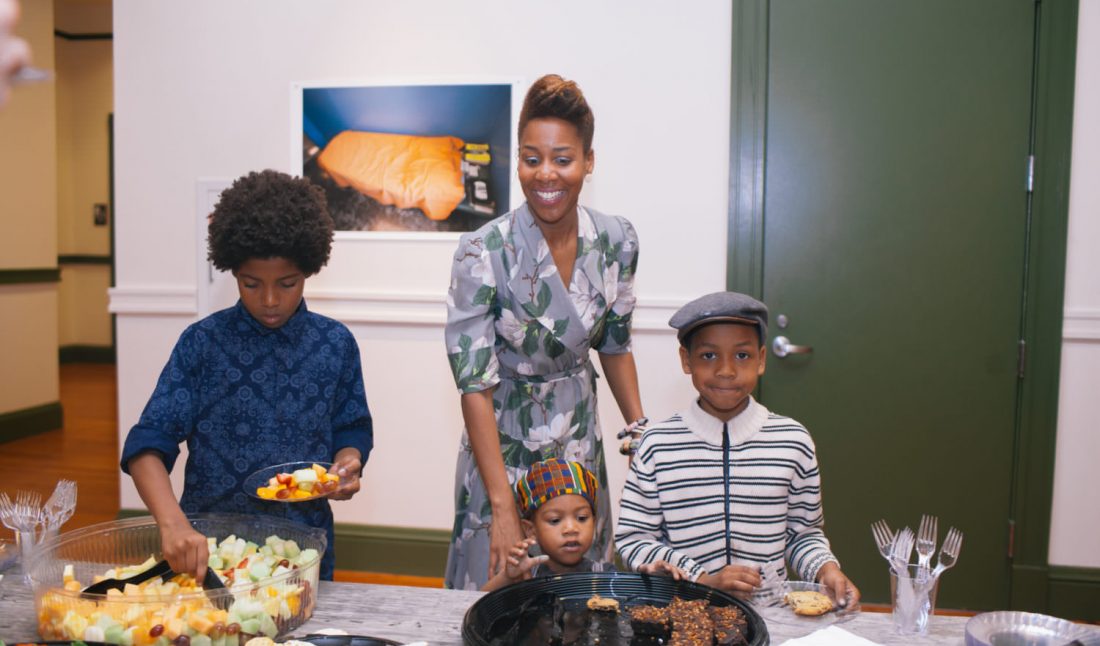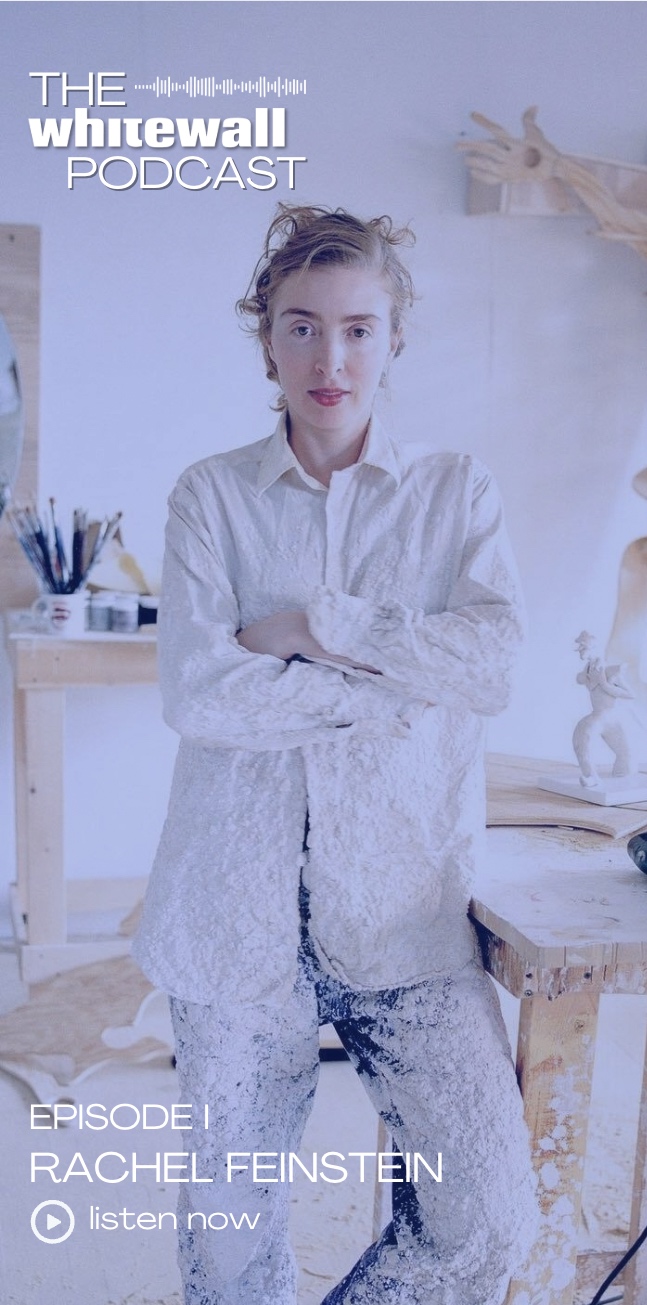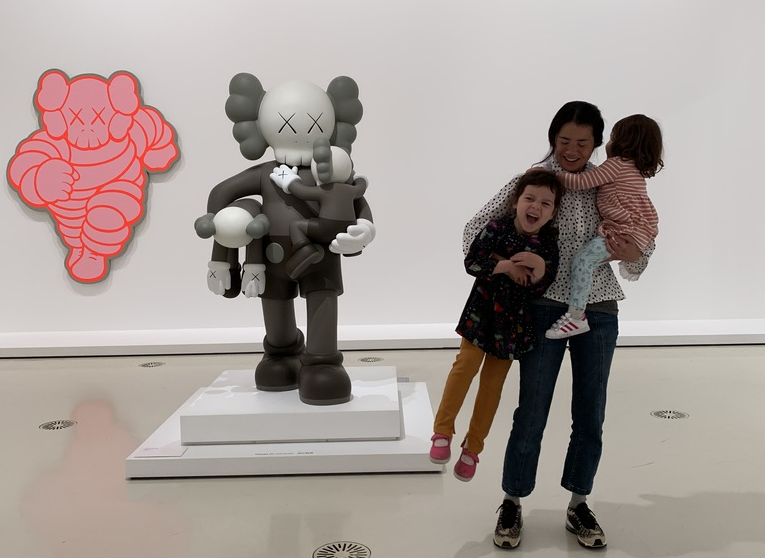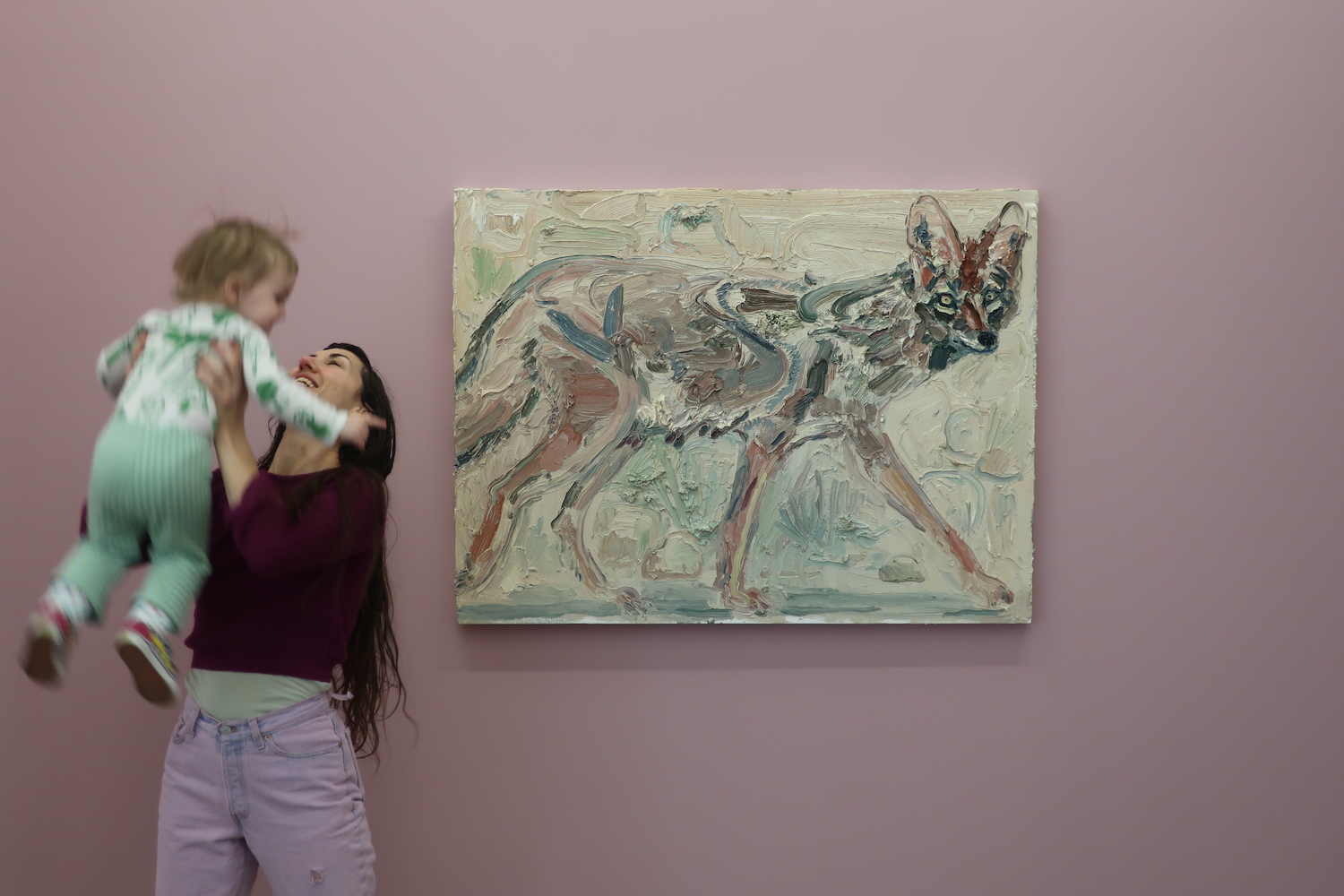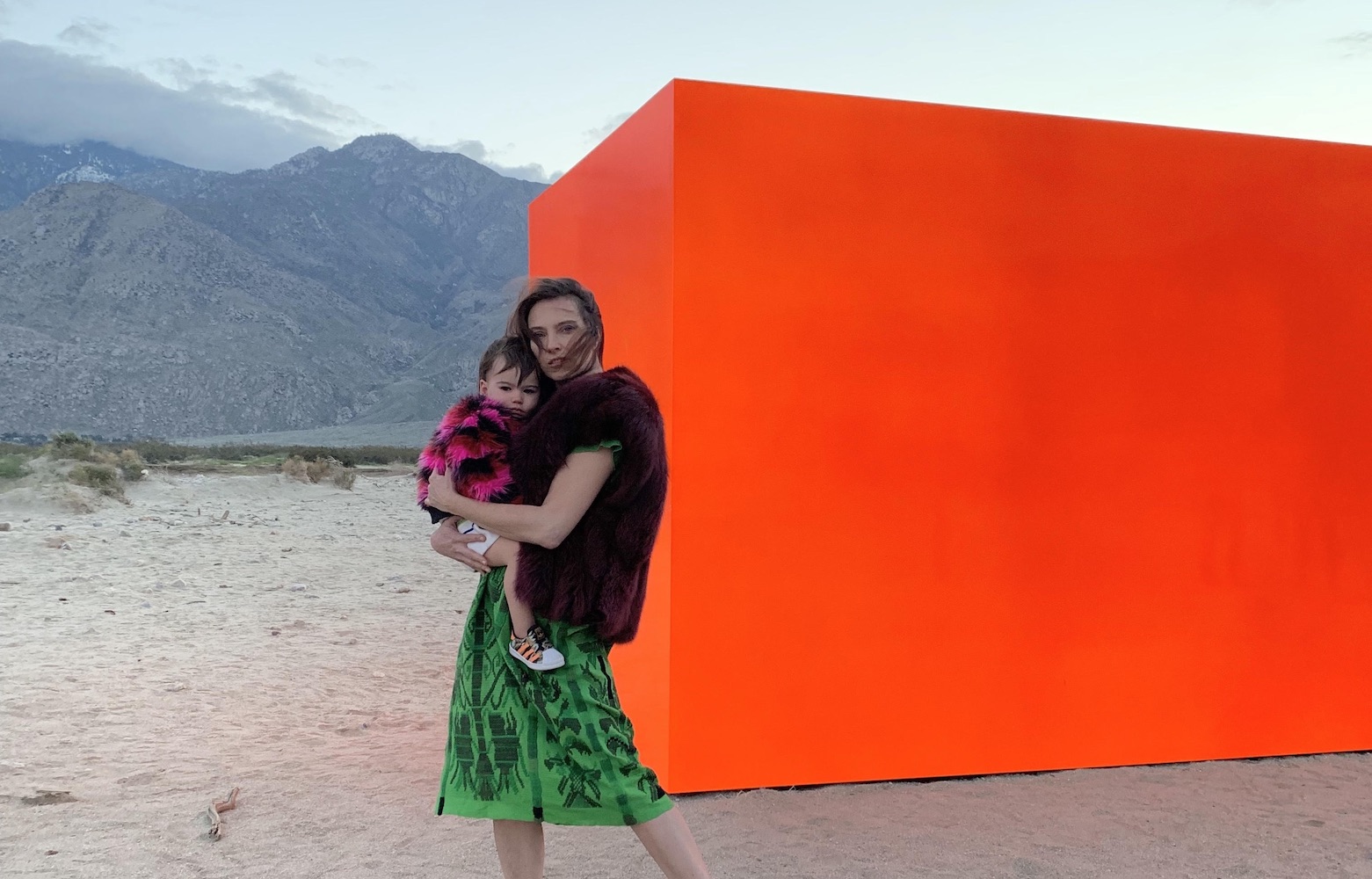Gia Hamilton is the Executive Director & Chief Curator of the New Orleans African American Museum (NOAAM)—where she oversaw its reopening this year. Founded in 1996, Hamilton was a young volunteer at the museum, making her return at its helm a personal one.
Her approach to leadership roles throughout her career—whether at the Joan Mitchell Center where she created a thriving residency program or in various consulting positions—comes from a place of empathy. A mother of five, she’s seen the skills she’s learned, and continues to learn, as a mother, enhance her professional skills.
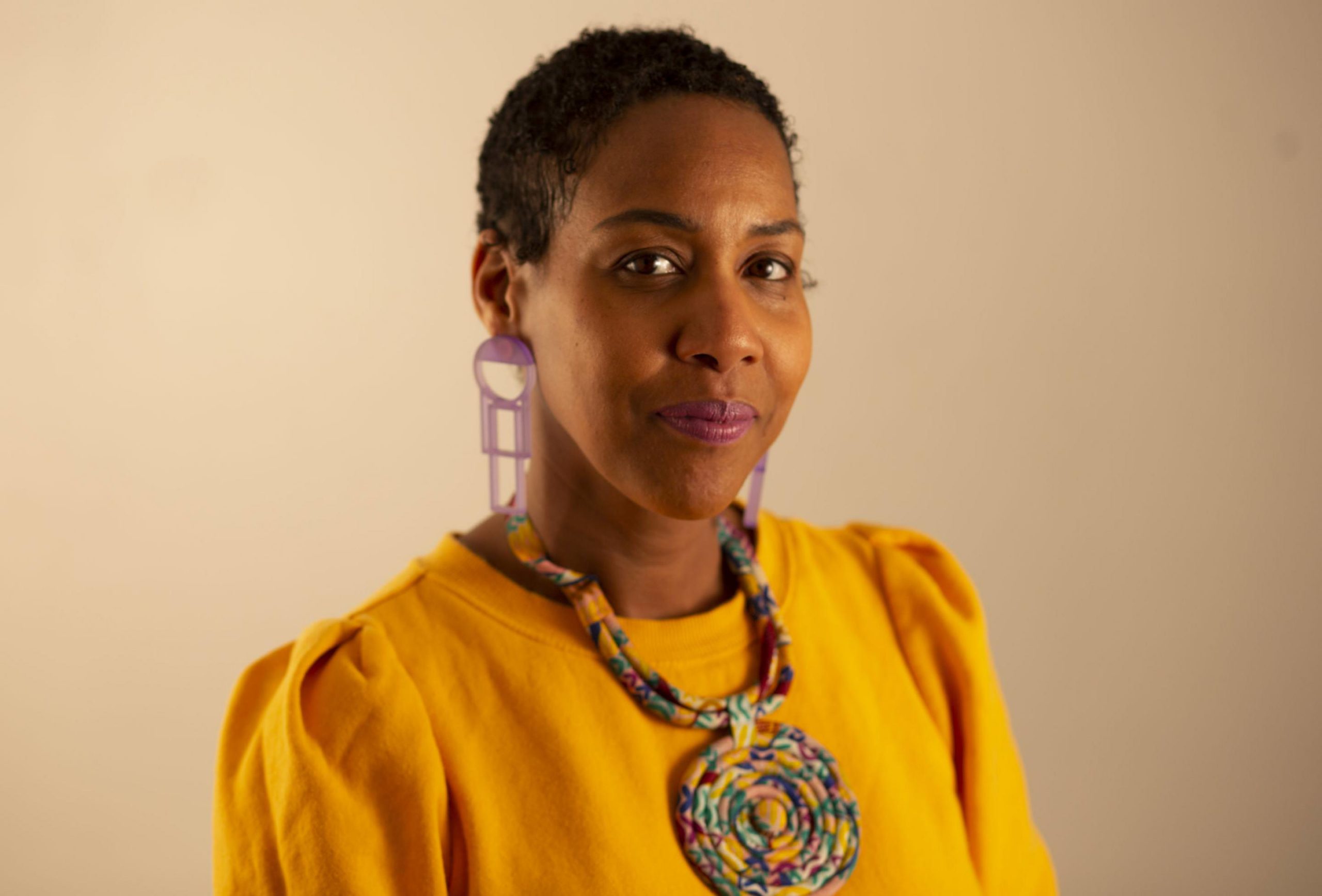 Portrait courtesy of Gia Hamilton.
Portrait courtesy of Gia Hamilton.
Speaking with Hamilton for this latest “Art Mamas” series, I was struck by her integrated approach to her role as a mother and as a museum director. She is not one person at the office and another person at home. In reality, one role informs the other to obvious success. And as her family has grown, she’s taken the time she needs to evolve in her career.
Hamilton—who has a forthcoming memoir Modern Matriarch and practices daily meditations with her family—shared with me how humbling the experience of motherhood is, with each and every birth, even after 18 years. In our conversation, she talks of the surprising assumptions that were put upon her as a new mom, the beautiful connections she made within the generations of her family, and why she’s specifically asking artists who are parents to participate in group shows at NOAAM.
WHITEWALL: When did you become a mom?
GIA HAMILTON: July 2001, I had my first son. I am a mother of five sons who range from 18 years old to 5 months old.
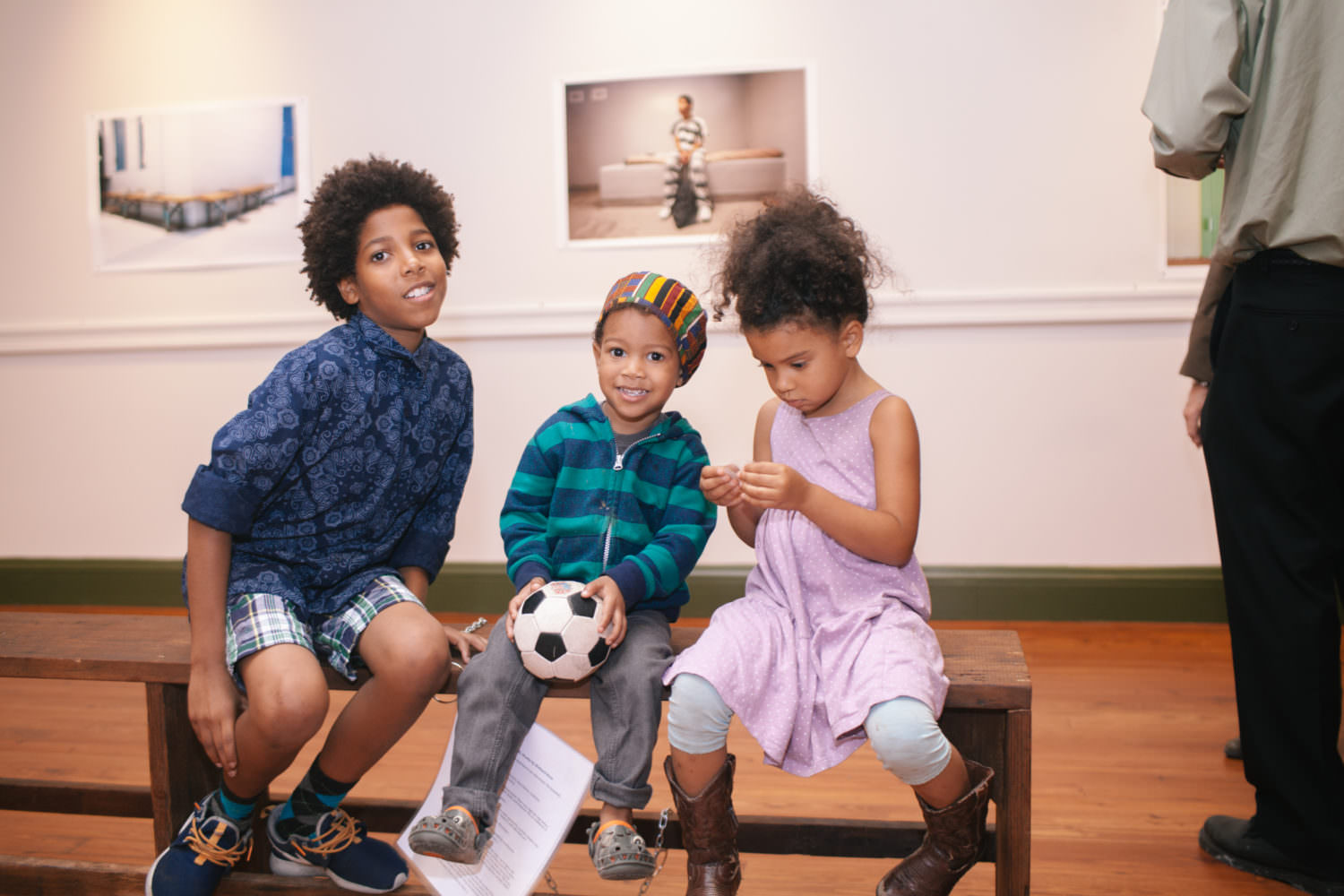 Courtesy of Gia Hamilton.
Courtesy of Gia Hamilton.
WW: Beautiful! Were you able to take maternity leave each time?
GH: I worked for myself, so yes, I took four months off and then worked at a Reggio Emilia school called Gris Gris House in New Orleans and worked as a bodyworker and herbalist. I started curating and making work in New York in 2003-2004. Each time I have had children I have prioritized my children and my health so that I could do my work with more focus. It has been difficult because our society doesn’t support mothers like other countries. I have had sitters, nannies, grandparents that have supported me with my children and exclusively breastfeeding them.
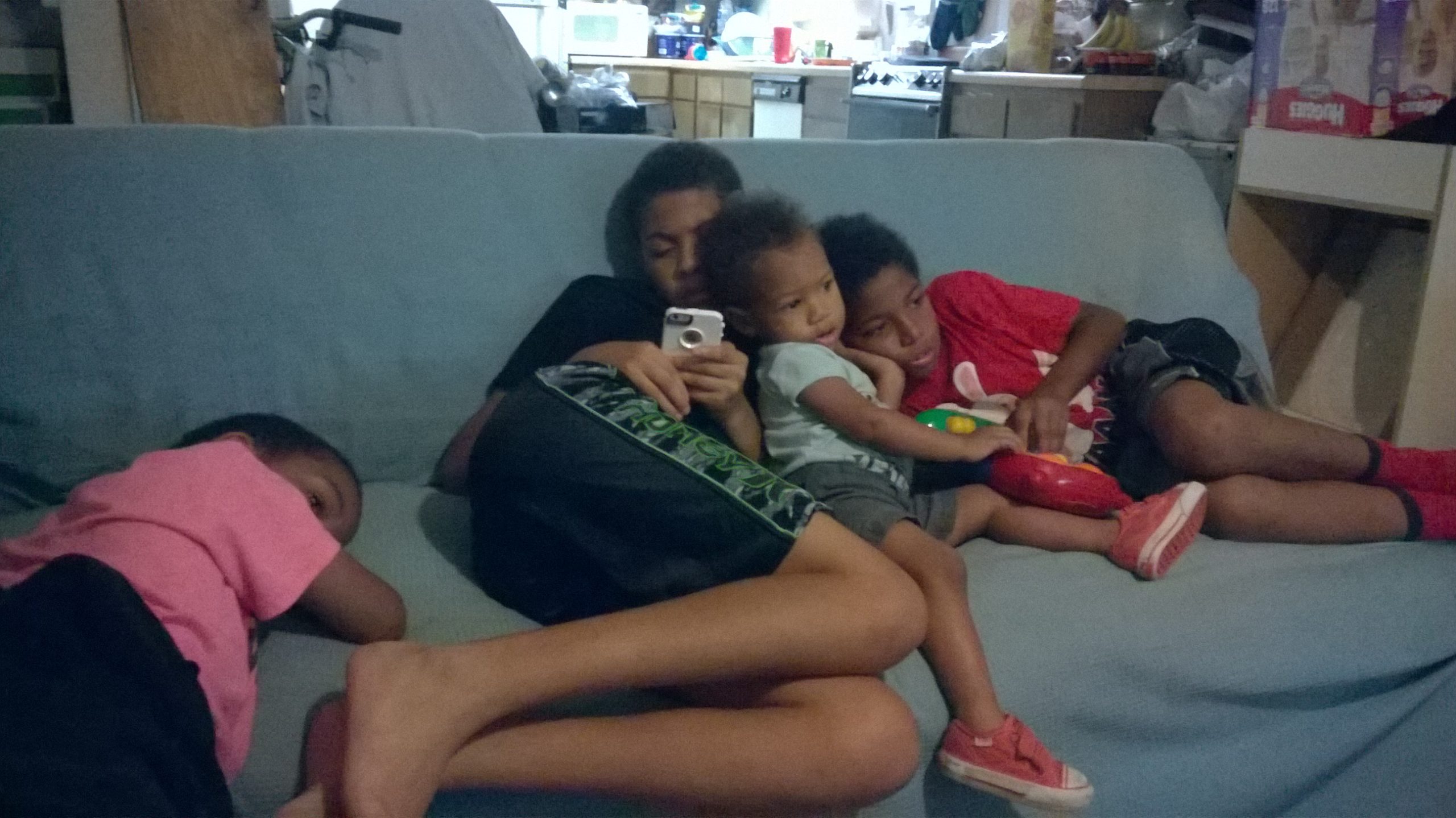 Courtesy of Gia Hamilton.
Courtesy of Gia Hamilton.
WW: It’s cliché to say, but it takes a village. I am able to work from home most of the time—we have grandparents and caregivers come to our home—so that’s been hugely helpful in terms of exclusively breastfeeding, too.
When you’ve been ready to transition back to work, what was that like?
GH: I loved becoming a mother, I found a great deal of purpose. I prepared using Queen Afua’s class, Sacred Woman, to support my fasting and emotional preparation for motherhood. Motherhood is beautiful, physically and emotionally challenging. I work to create rituals for myself, submit to the process of mothering, and try to be as kind a possible and transparent with my community about where I am.
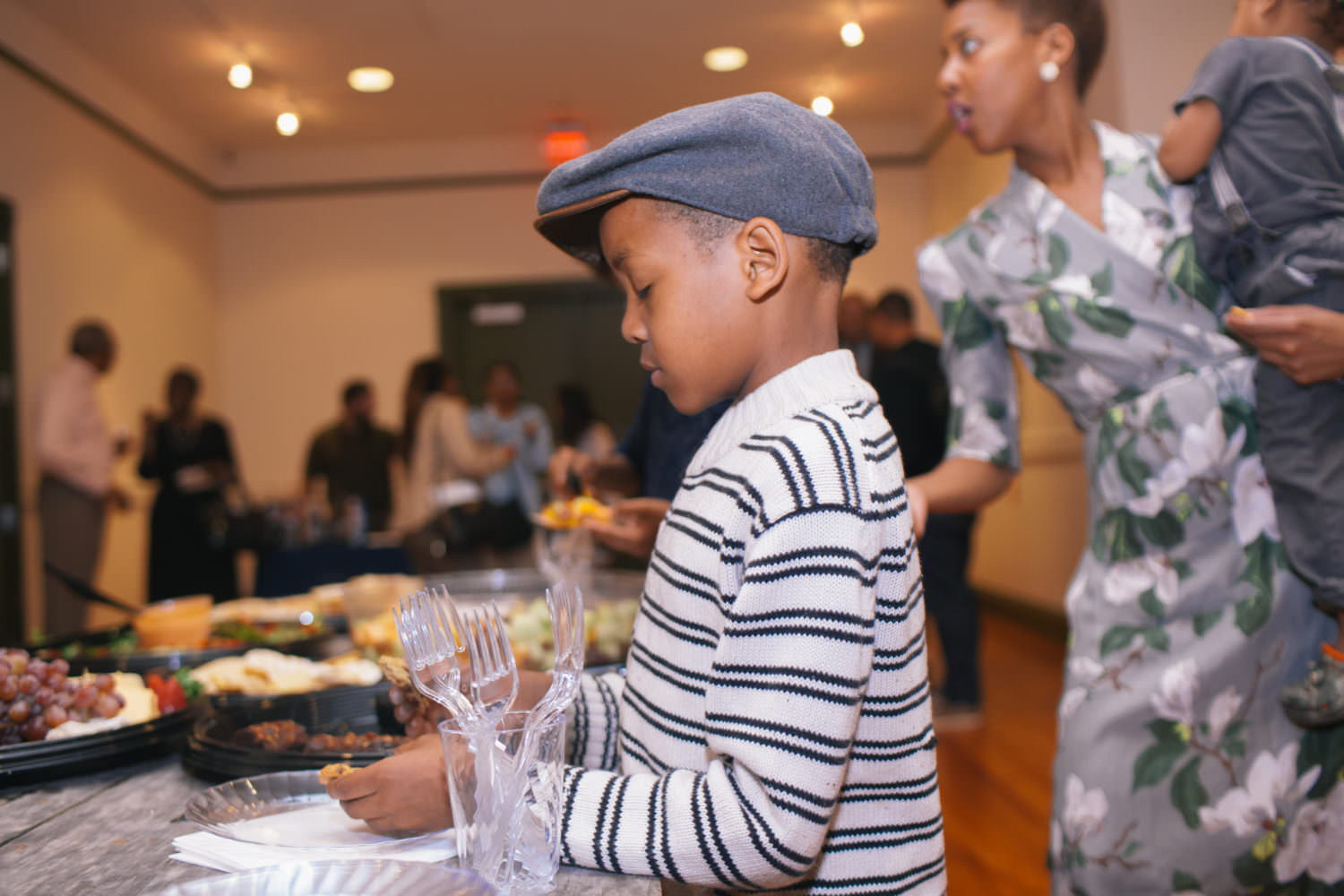 Courtesy of Gia Hamilton.
Courtesy of Gia Hamilton.
WW: I think what I’m learning, too, is how important transparency is with my postpartum journey. I need to be clear and honest about where I’m at, and in what ways I need help.
What has continued to surprise you about motherhood?
GH: Motherhood is such a humbling experience. Every time I learn my children at the phase they are in, they change and I change. It is such a dynamic experience. That surprised me and humbled me, that things I thought were carved in stone were actually just phases, or that I feel or think differently about certain things.
WW: Yes! The moment I feel settled, a new phase starts up. It is truly humbling.
As a new mom, people I didn’t expect reached out to me with words of comfort. Who did you find yourself connecting with?
GH: My grandmother Edna, affectionately referred to as Maw Maw, was my attending midwife for my first son. She was a retired public health nurse and I connected with her and wrote my thesis on some of her work. My mom and dad were very present as my son was the first grandson. My mentor was Mama Olayeela who is a mother of six children and an early childhood educator.
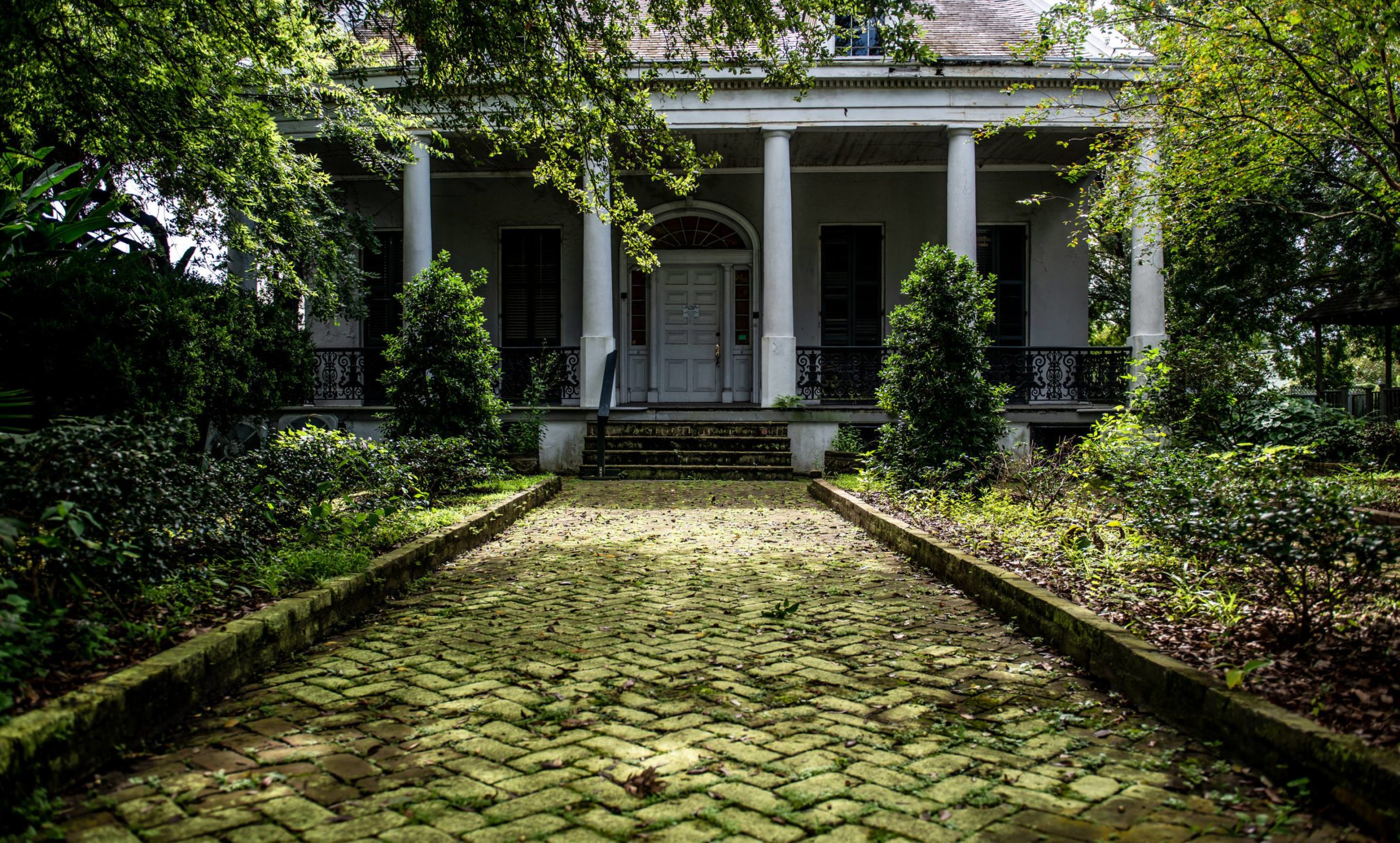 Courtesy of the New Orleans African American Museum
Courtesy of the New Orleans African American MuseumPhoto by J.R. Thomason
WW: How do you interact with your community of mothers?
GH: I went to La Leche league in New Orleans and at the time I was the only young black mother who was breastfeeding and a semi-stay-at-home-mom. It was difficult, but a good Jewish friend Bridget and I connected with large families and our children enjoyed hanging out. I wasn’t the mold of a stay-at-home-mom. I was often asked if I was my son’s nanny—that was isolating. I was pushing many boundaries at a time when most of my peers were climbing corporate ladders and focusing on their careers, my career was slowly being informed by my experiences and a craving for an integrated life.
WW: Speaking of an integrated life, did becoming a mother, change how you viewed your professional role?
GH: Yes. I started off focused on building a family and becoming a mother and my leadership was based in running a family. I have been able to use my skills as a mother to enhance my professional skills—how to be firm, structured, creative, nurturing, and develop talent and create specialized systems.
WW: Wow, yes! What a beautiful way to connect the two areas of your life.
Did you find yourself connecting to art or artists differently?
GH: I minored in studio art and had a practice at one point so my connections to artists is as a creative and I have a deep respect for artists. Now I think about what role empathy serves in our work, it is critical to make decisions about serving others. I have a new way of thinking about my work as purpose work and have focused on making sure that I take on projects where I can have influence and impact.
WW: How do you experience art with your children?
GH: My children’s artwork is everywhere in our home, we make work all the time—creativity is encouraged. We attend openings together and art fairs. It is fun to see them engage a piece or ask questions. I love sharing how something was made or the context for which it belongs.
WW: How did you start your daily devotional, meditations for radical families?
GH: I realized that I was saying certain things over and over again—
WW: Such is the role of the parent!
GH: —and decided to journal certain tenants of family building. As I finish my ethnographic memoir, Modern Matriarch, we decided to work on a family project that allowed us all to remind each other of our values. Now we can remind each other of these values, like one of my sons will remind another one that we all need time alone, which I think is beautiful. The goal is for our home to be a sanctuary and to be a harmonious creative place.
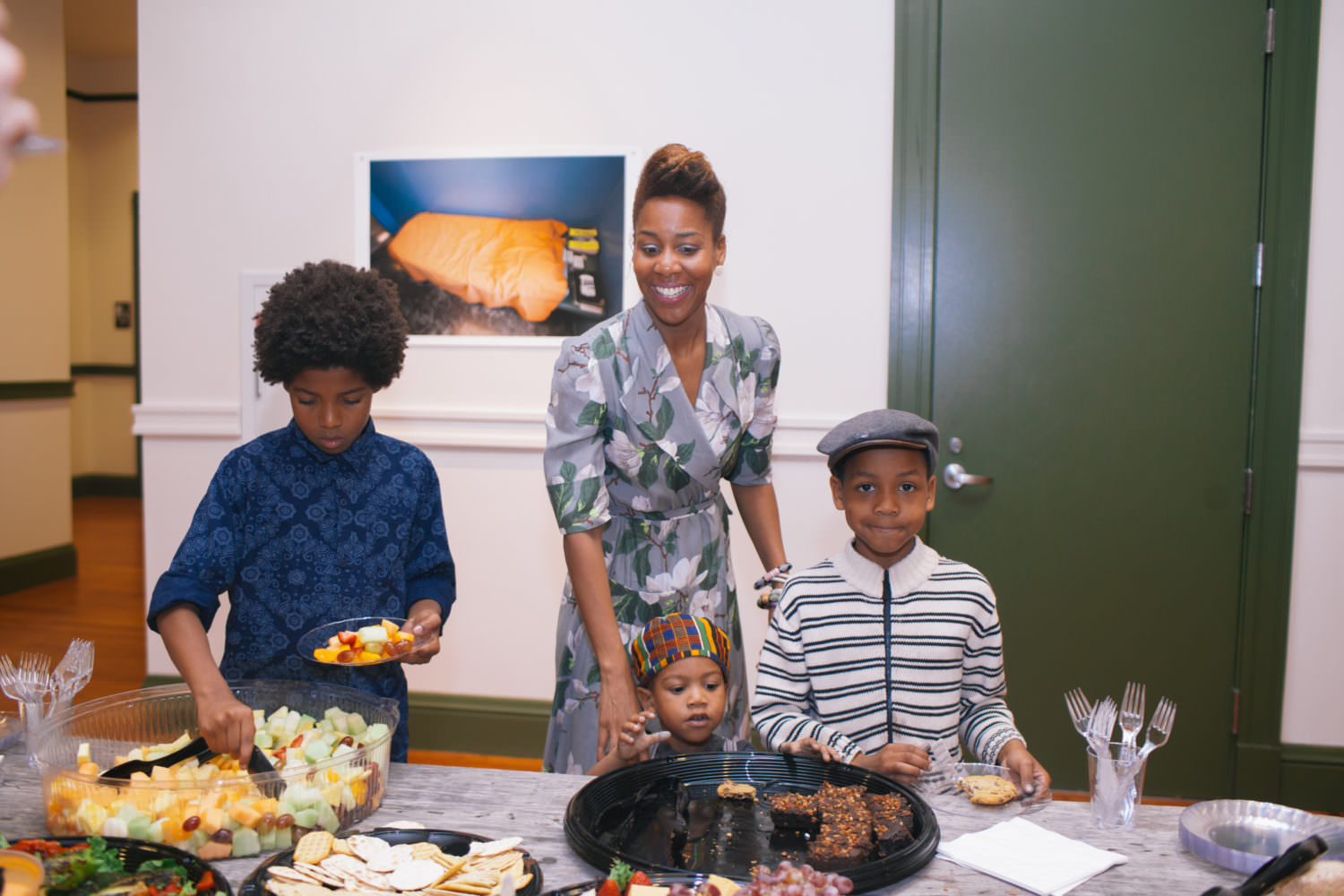 Gia Hamilton with her sons.
Gia Hamilton with her sons.
WW: Can you tell us about Modern Matriarch? What was the starting point for this project?
GH: I have learned so much and been transformed through my births—all of my ones were born at home and I studied with my grandmother who was a public health nurse and midwife so it is partially an homage to her, partially a memoir of remembering the strength and power of the women in my family, and lessons I have learned from mothering and continue to learn.
In the first chapter, I describe going to visit my great grandparents and how they would interact and my impressions of my great grandmother—how she was revered by her husband and was the central source in the home, even though my great grandfather was the head.
WW: I’ve noticed more artists becoming comfortable talking about becoming a parent, and including it in their work even. Is that something you’re seeing, as well?
GH: Yes. I now run the New Orleans African American Museum and we are making sure to send the call for our group shows to parents because we know how hard it is to maintain your career and we want to be supportive and demonstrate our values. I am excited about the field and see it shifting to be more inclusive.







